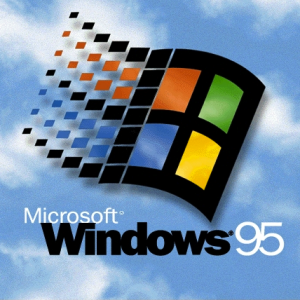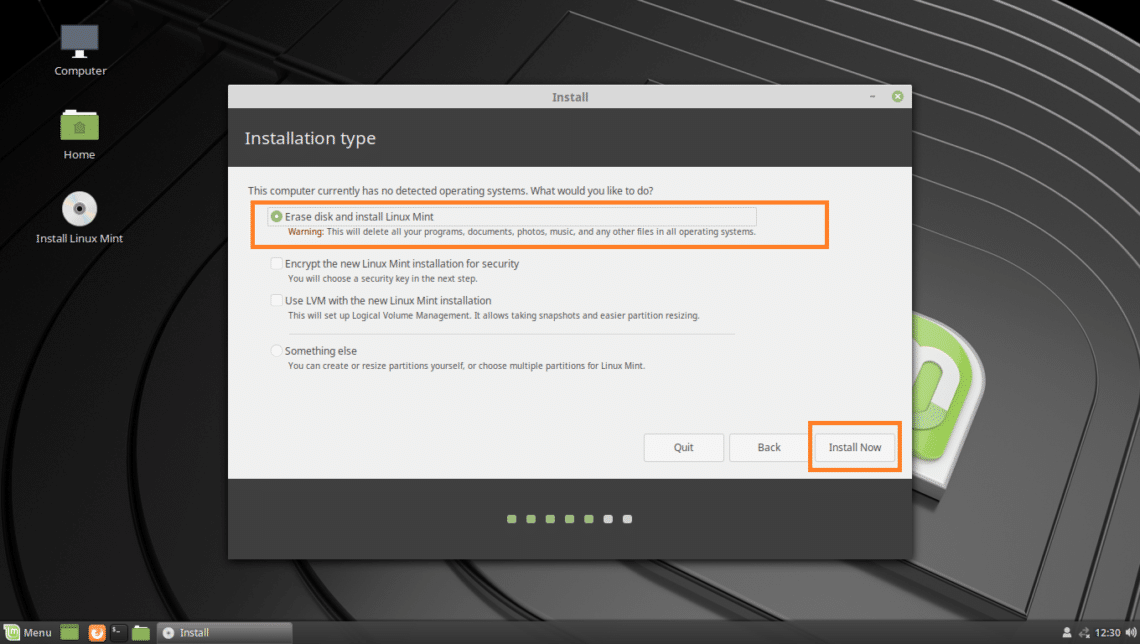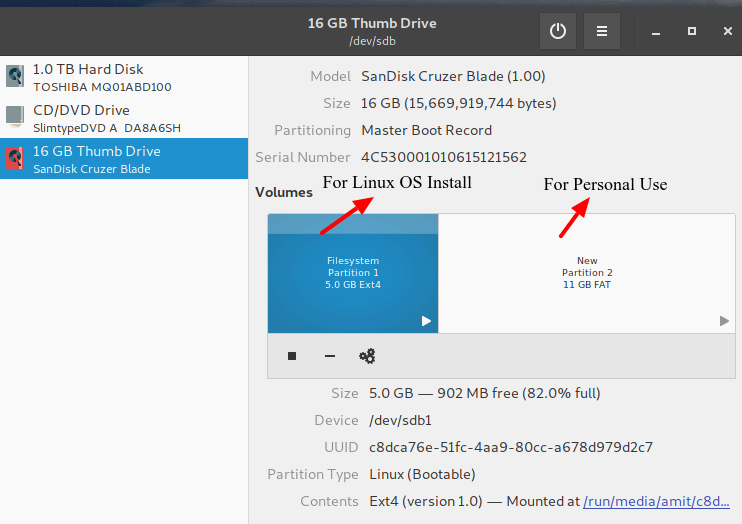

Make sure your USB flash drive (or DVD-R drive) is selected in the Device drop-down box.In the Rufus window, click the Select Image button (pictured) to choose an image file.When you receive a UAC prompt, click Yes to continue.


You’ll need a computer already running Ubuntu to perform this process. RELATED: How to Create a Bootable Linux USB Flash Drive, the Easy Way How to Make a Persistent Ubuntu USB Drive on Ubuntu Give Rufus a try if you’re using Windows and want to avoid the Linux command line process below. Previous versions did not, necessitating the below process. Update: Rufus, which we recommend for easily creating live USB drives on Windows, now supports persistent storage in its latest versions. Just download the appropriate ISO file and follow the instructions below. In the past, we had luck with Fedora as well. It should also work with Ubuntu-based Linux distributions. We’ve tested it with the latest versions of Ubuntu-Ubuntu 18.04 LTS and Ubuntu 19.04-and it works. Persistence doesn’t work with every Linux distribution. You can even update most installed applications, so you can be sure your persistent USB drive has the latest version of the web browser you prefer. However, you can install most applications. You can’t modify system files, like the kernel.


 0 kommentar(er)
0 kommentar(er)
